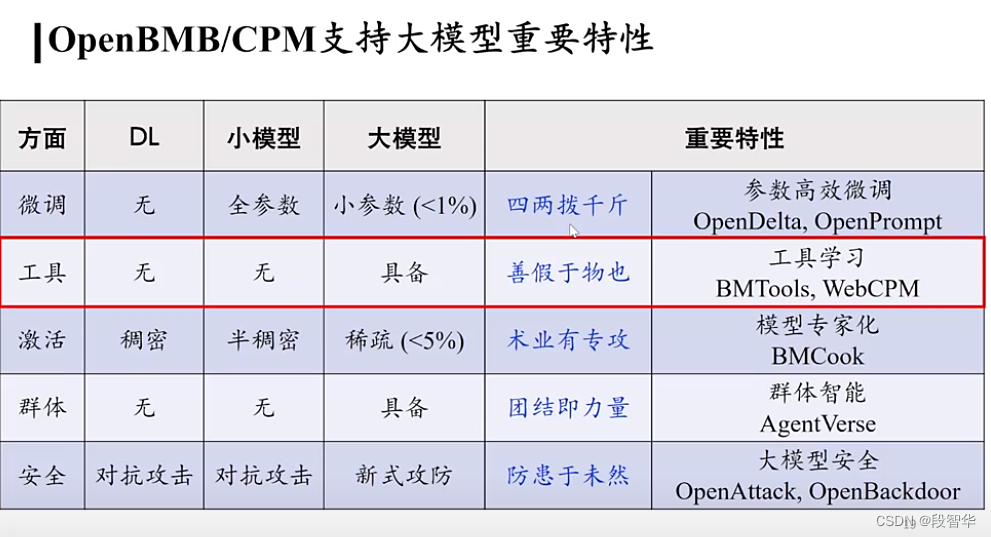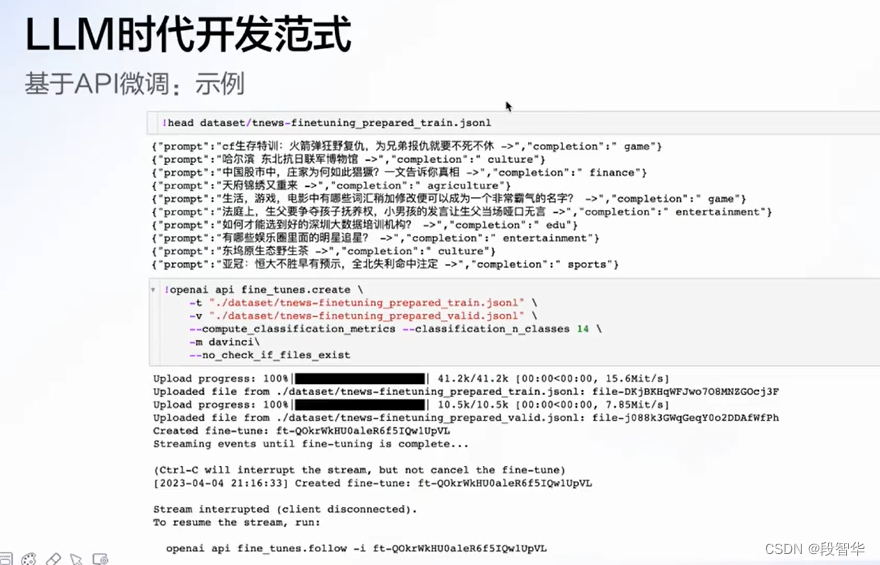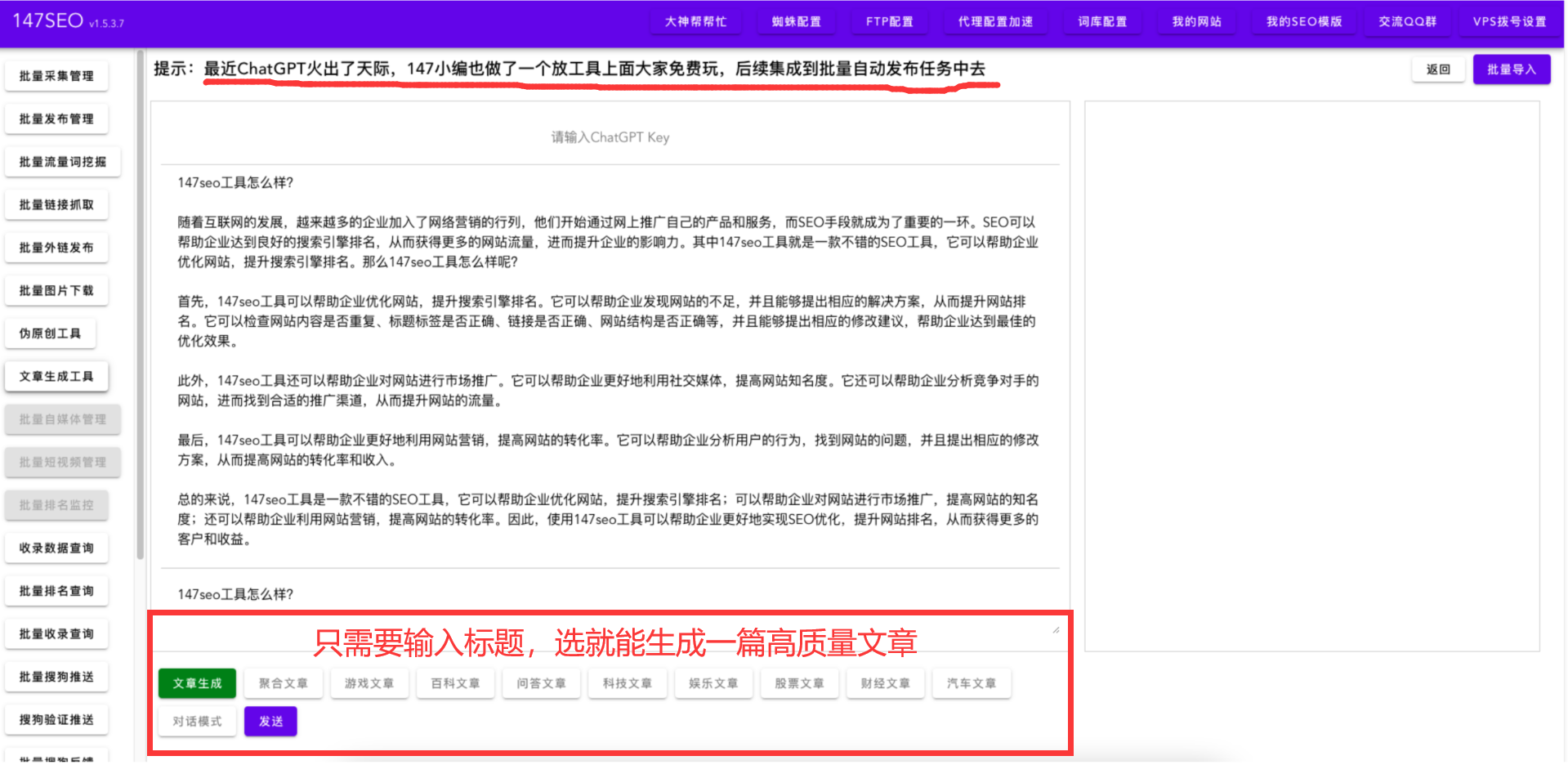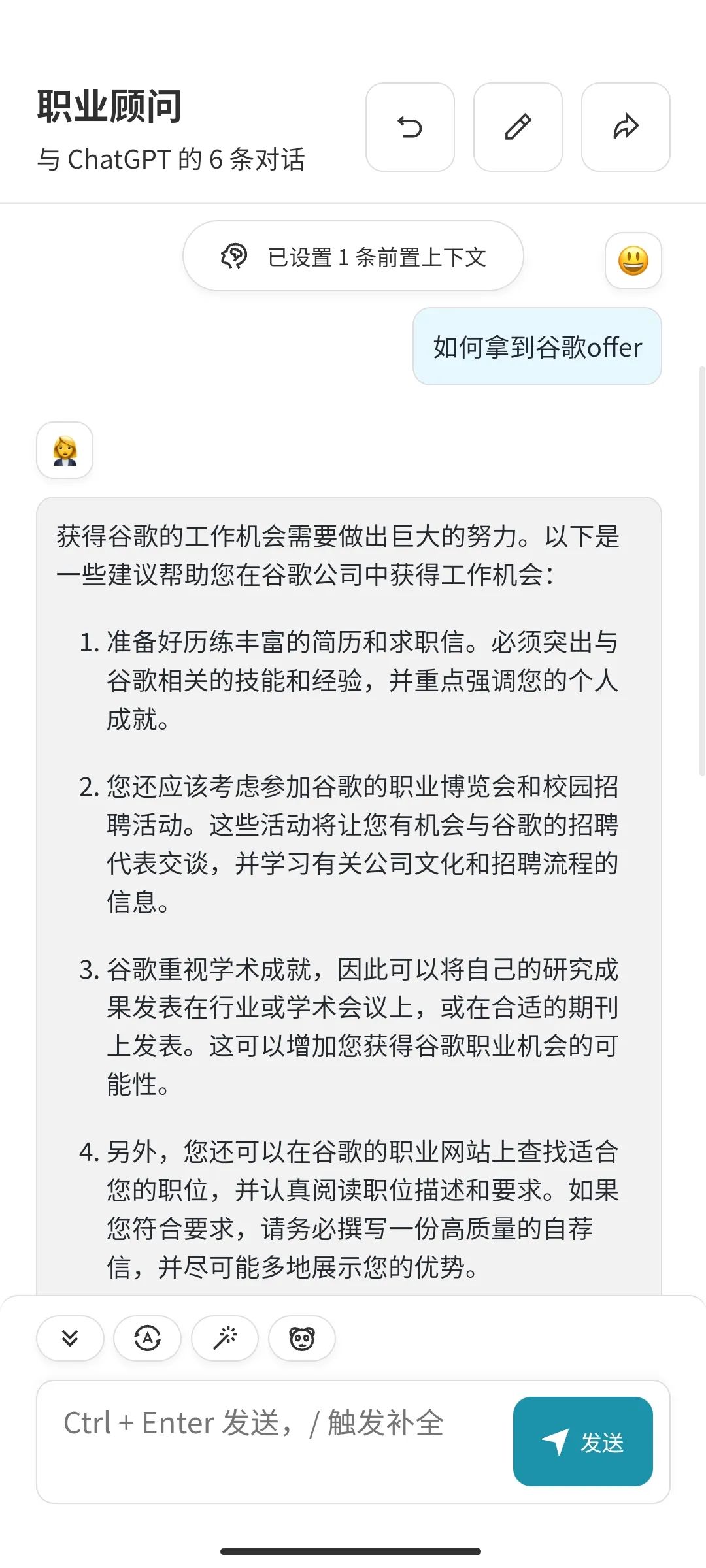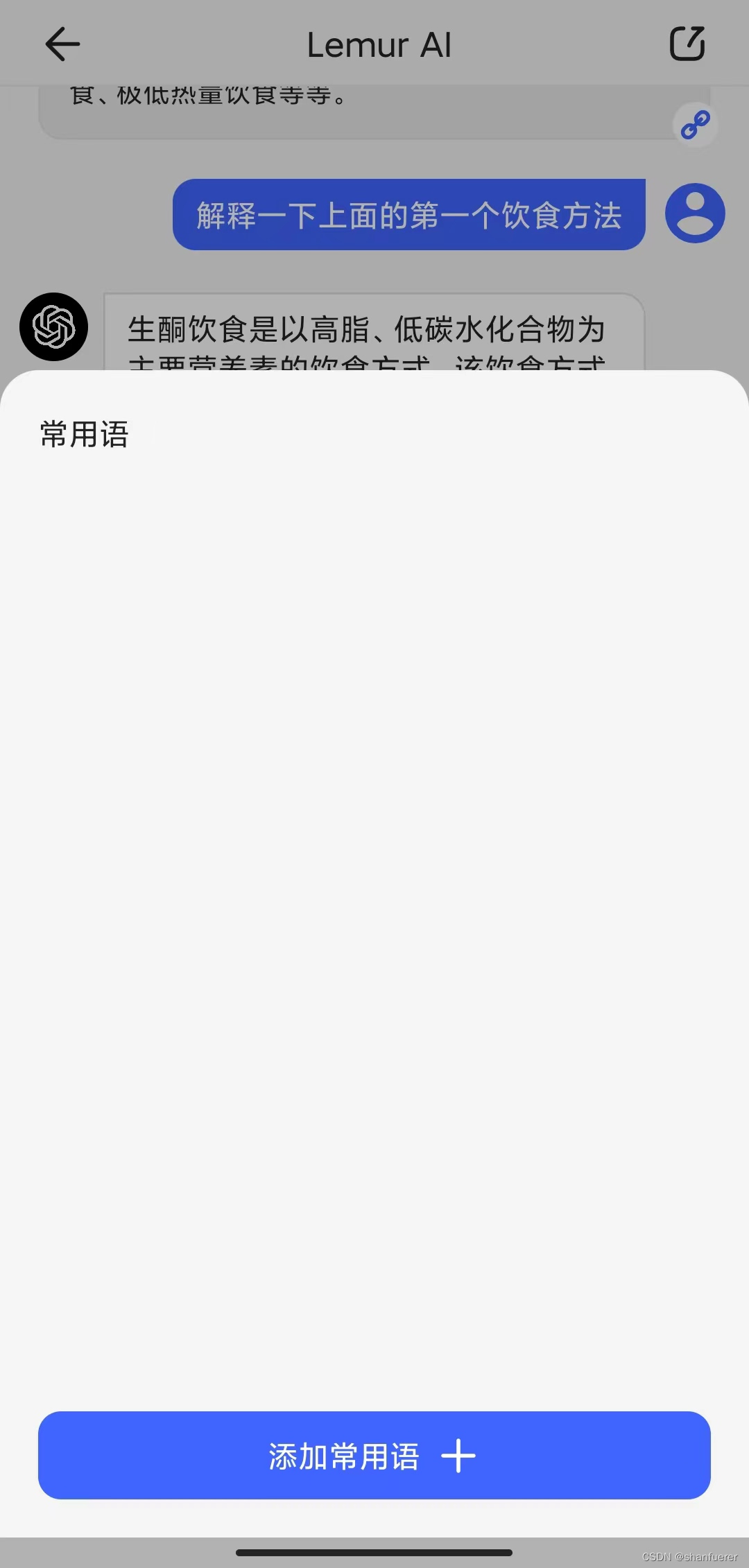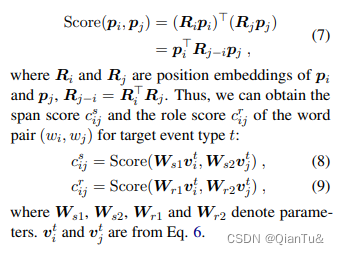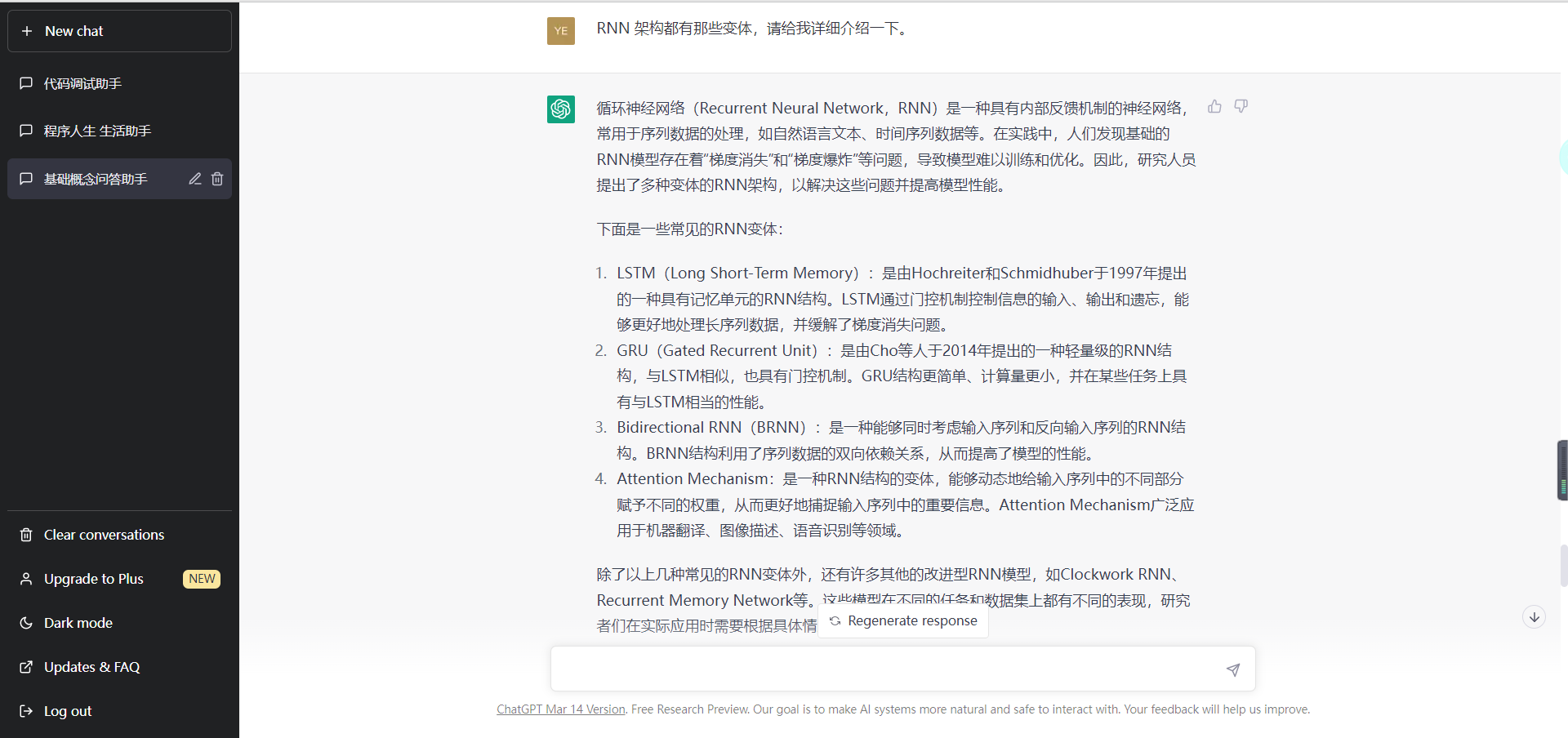要理解 computed 的工作原理,只需要理解下面4个特性
- 特性1:computed默认不执行(因为 lazy 的原因,在新建watcher实例的时候,会将 watcher.value 赋值为 undefined,而不会立马进行计算。)
- 特性2:取值的时候,computed里面的方法会被执行
- 特性3:computed是惰性的,computed依赖的其它属性发生变化时,computed不会立即重新计算,要等到获取computed的值,也就是求值的时候才会重新计算(依靠watcher中的lazy属性判断,如果lazy是true,则不执行函数)
- 特性4:computed是缓存的,如果computed依赖的其它属性没有发生变化,即使重新调用,也不会重新计算(依靠watcher中的dirty属性判断,如果dirty是true,则重新计算,否则不计算,直接取watcher内的缓存value)
用法
Vue中computed典型的用法有如下两种:
// 方式1:
computed: {fullName() {return this.firstName + this.lastName}
}
// 方式2:
computed: {fullName: {get() {console.log('ooo')return this.firstName + this.lastName},set() {console.log("set full name")}}
}computed源码实现
vue在初始化的时候,如果发现传入的属性是一个computed,则对其进行初始化处理
export function initState(vm: Component) {const opts = vm.$optionsif (opts.props) initProps(vm, opts.props)// Composition APIinitSetup(vm)if (opts.methods) initMethods(vm, opts.methods)if (opts.data) {initData(vm)} else {const ob = observe((vm._data = {}))ob && ob.vmCount++}if (opts.computed) initComputed(vm, opts.computed) // 初始化if (opts.watch && opts.watch !== nativeWatch) {initWatch(vm, opts.watch)}
}可以看出初始化的优先级是 props->setup->methods->data->computed->watch
initComputed函数
function initComputed(vm: Component, computed: Object) {const watchers = (vm._computedWatchers = Object.create(null))for (const key in computed) {const userDef = computed[key]// 对 computed 对象遍历,如果定义的是函数则直接取函数,不是则取对象内的get方法const getter = isFunction(userDef) ? userDef : userDef.getif (__DEV__ && getter == null) {warn(`Getter is missing for computed property "${key}".`, vm)}// 定义一个computed-wactherwatchers[key] = new Watcher(vm,getter || noop,noop,{ lazy: true })// 将key定义在vm上defineComputed(vm, key, userDef)}
}
-
computed是一个对象,首先要对其进行遍历。基于其用法的两种不同形式(函数和对象),会对其进行判断。对 computed 对象遍历,如果定义的是函数则直接取函数,不是则取对象内的get方法。
-
在这里需要将每个computed的属性生成的watcher维护一个watchers,并且放在vm实例上。这样做的用处是,在创建computed getter的时候,可以顺利的获取到它的dirty属性。而dirty=lazy=true。
-
然后将计算后的属性,定义到vm上
defineComputed方法
function defineComputed(vm, key, userDef) {const shouldCache = !isServerRendering()if (isFunction(userDef)) {//判断是否为缓存,如果不是每一次取值都会走get,如果发现是脏的,就重新获取,如果不是脏的,就不走getsharedPropertyDefinition.get = shouldCache? createComputedGetter(key): createGetterInvoker(userDef)sharedPropertyDefinition.set = noop} else {sharedPropertyDefinition.get = userDef.get? shouldCache && userDef.cache !== false? createComputedGetter(key): createGetterInvoker(userDef.get): noopsharedPropertyDefinition.set = userDef.set || noop}Object.defineProperty(target, key, sharedPropertyDefinition)
}function createGetterInvoker(fn) {return function computedGetter() {return fn.call(this, this)}
}在这个方法中,维护了一个sharedPropertyDefinition对象,用来存储defineProperty的第三个参数。这个对象中的get方法是一个自定义的get方法。即createComputedGetter(key)
之所以要用自定义的,是因为computed取值的时候,是有缓存的,如果没有变化,则不计算
从这里可以看出,computed依赖值发生变化的时候,是调用createComputedGetter的方法的。
createComputedGetter
一旦computed依赖的值发生变化,就会立刻进入这个方法。
function createComputedGetter(key) {return function computedGetter() {const watcher = this._computedWatchers && this._computedWatchers[key]if (watcher) {// 重点这段if (watcher.dirty) {watcher.evaluate()}if (Dep.target) {if (__DEV__ && Dep.target.onTrack) {Dep.target.onTrack({effect: Dep.target,target: this,type: TrackOpTypes.GET,key})}watcher.depend()}return watcher.value}}
}在这个方法中,根据每一个watcher实例的dirty属性来判断是否执行计算方法。并返回计算过后的值。因为初始化的时候 dirty = true ,初始化调用 watcher 的evaluate 方法,其实这里可以看出 computed 的缓存就是通过dirty属性来判断,缓存数据存储在watcher的value属性。
watcher.get(重点:依赖数据watcher和computed的watcher互相绑定)
evaluate() {this.value = this.get()this.dirty = false}get() {pushTarget(this)// Dep.target = target 通过Dep保存当前 computed-watcher(Dep.target = target)并调用我们传入的函数let valueconst vm = this.vmtry {value = this.getter.call(vm, vm)} catch (e: any) {if (this.user) {handleError(e, vm, `getter for watcher "${this.expression}"`)} else {throw e}} finally {// "touch" every property so they are all tracked as// dependencies for deep watchingif (this.deep) {traverse(value)}popTarget()this.cleanupDeps()}return value}export function pushTarget(target?: DepTarget | null) {targetStack.push(target)Dep.target = target
}Dep.target = target,通过Dep保存当前 computed-watcher(Dep.target = target),所以当前的全局Dep.target保存的是 computed-watcher。当调用 this.getter.call(vm, vm) 会触发依赖项内部的属性的get方法。例如我们使用的是 fullName() { return this.firstName + this.lastName },当计算属性调用fullName 函数,触发 this.firstName 和 this.lastName的 get 方法(Observer类内)。
Object.defineProperty(obj, key, {enumerable: true,configurable: true,get: function reactiveGetter() {const value = getter ? getter.call(obj) : valif (Dep.target) {dep.depend()}return isRef(value) && !shallow ? value.value : value}})depend(info?: DebuggerEventExtraInfo) {if (Dep.target) {// 调用 computed-watcher 内的 addDep 方法Dep.target.addDep(this)}}因为get方法是瞬时同步的,会拦截访问提前执行,执行dep.depend(),而 Dep.target = computed-watcher,会执行 watcher 的 addDep 方法。并且将 this(依赖数据的watcher)带到computed-watcher。
addDep(dep: Dep) {const id = dep.idif (!this.newDepIds.has(id)) {this.newDepIds.add(id)this.newDeps.push(dep)if (!this.depIds.has(id)) {dep.addSub(this)}}}实参 dep 是依赖数据的watcher,这时将computed的watcher添加到 data的watcher内 ,这样就实现data依赖 收集到 依赖computed的watcher,从而 data 变化时,会同时通知 computed 和 computed的地方。
需要注意的是,在computed的依赖属性的Dep上,收集了两个watcher:
- computed的watcher
- 渲染watcher
这两个watcher都会被执行。
